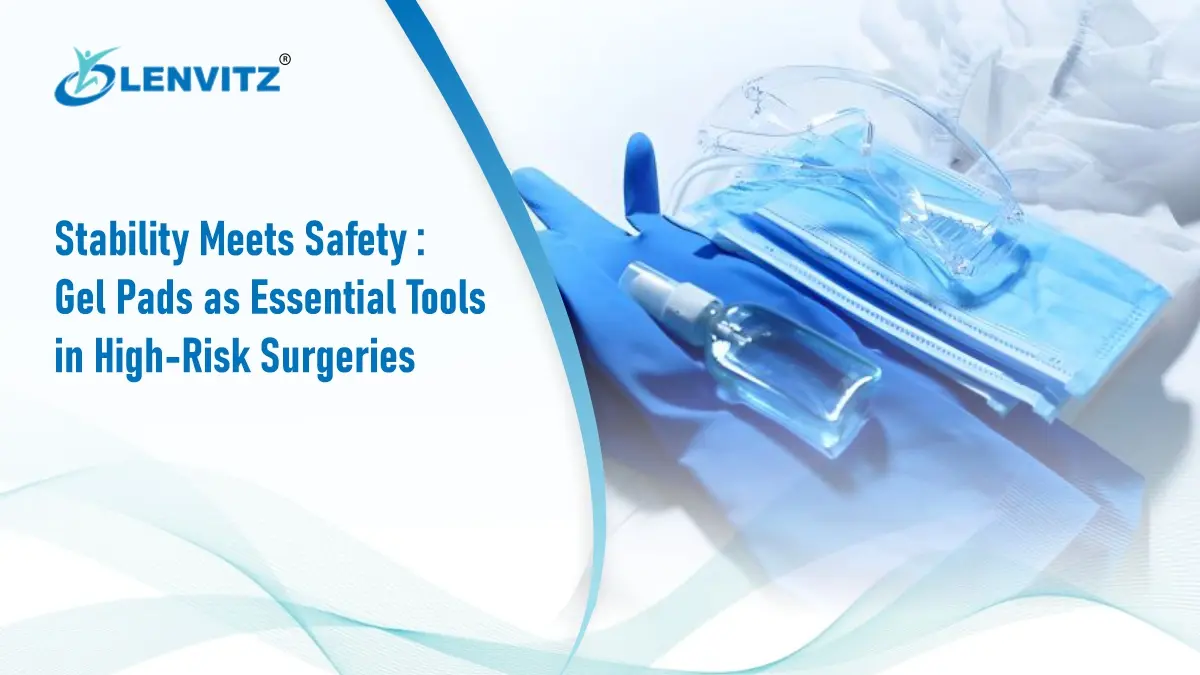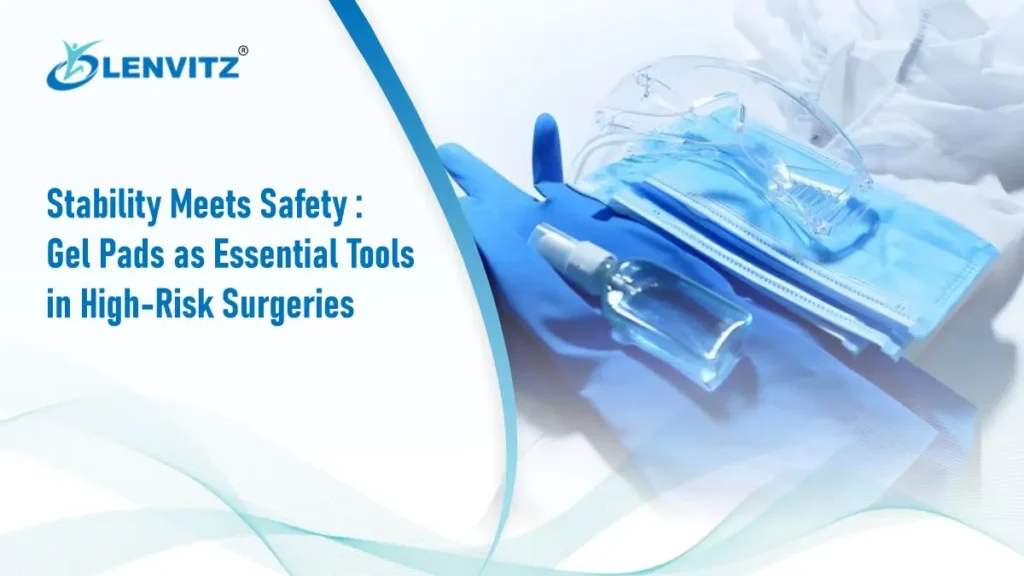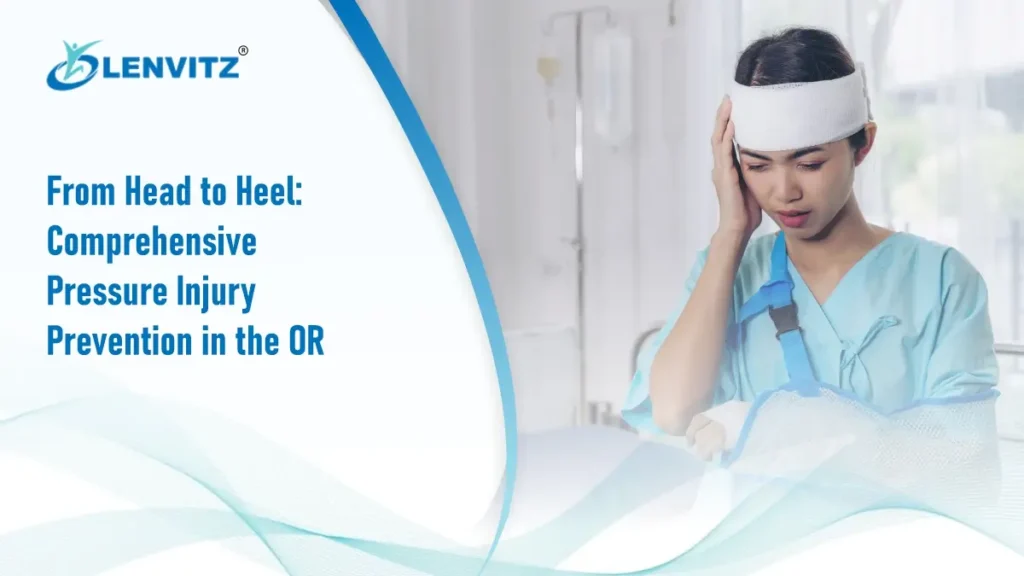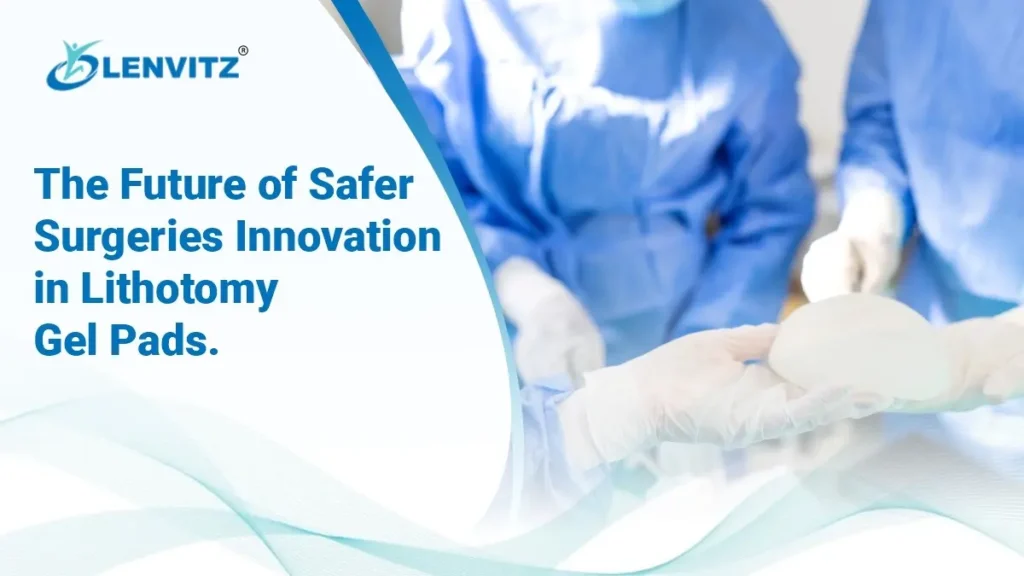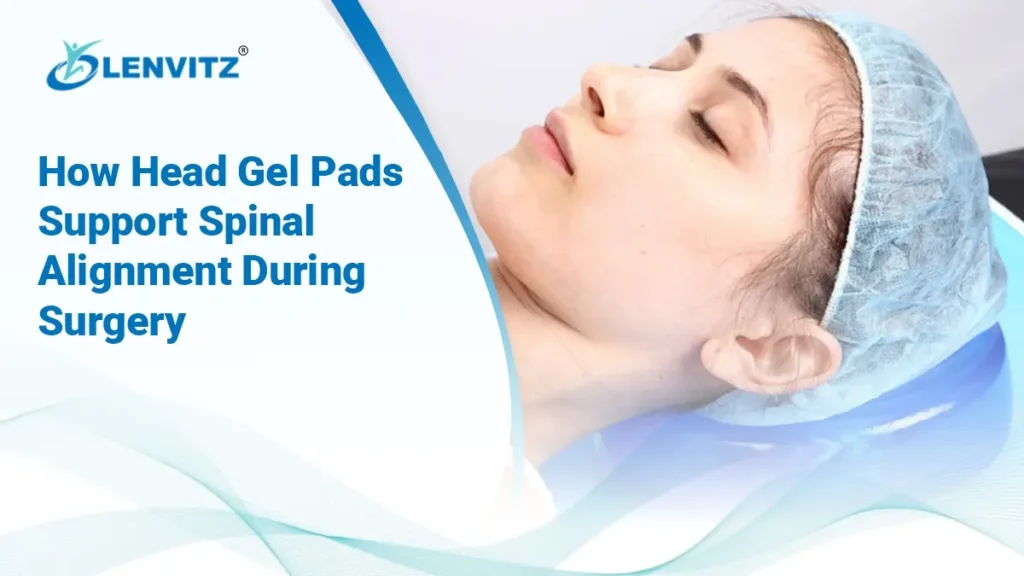When dealing with high-risk surgeries, positioning and constant support have a direct influence on patient safety and the outcome of the procedure. The gel pads have also become indispensable since they provide consistent positioning, pressure relief, and nerve injury protection in long procedures. These pads evenly spread body weight and reduce friction, therefore preventing the emergence of pressure ulcers and investing in circulation, which is essential during multi-hour operations.
Why stability matters
In long surgeries, unwanted changes in the position of the nerves or the support of the joints may result in the compression of the nerves, the strains of the muscles, and the postoperative pains. Medical-grade gel is injected to fit the contours of the body to form a stable base, which ensures that the spine, shoulders, hips, and limbs are maintained in place and eliminates the high-pressure hotspots. This positioning assists the surgical teams to hold on to the target area without the need to reposition the target area frequently, enhancing workflow and safety.
Core safety benefits
- Pressure redistribution: Gel surfaces redistribute the load over a greater area, protecting the bony prominences, such as the elbows, heels, sacrum, and face during the prone position.
- Skin integrity: Low shear/friction values minimize skin tears and pressure injuries in long-term cases.
- Thermal neutrality: Gel materials are usually thermally neutral to reduce the amount of heat in the areas under drapes and devices.
- Electrical safety: Gel can be an aid in reducing unwanted contact across contact points when electrosurgical equipment is utilized correctly and with the usual standard safety precautions in place.
Prone position essentials
A prone position is important in many spine, neuro, and orthopedic processes, where the targeted padding is essential over prolonged periods of time. Prone position gel pads are used to position the chest, pelvis, knees, shins, and ankles, keeping the airways open and cervical position in place with the help of a special gel headrest. It is a setup that removes abdominal pressure to maintain ventilation and venous pressure to stabilize long-term hemodynamics.
Nerve protection and arm support
An Arm Rest Gel Pad is used to secure the upper limb to arm boards or the side to avoid compression of the ulnar nerve and brachial plexus in the course of extended positioning. Cushioned support, even, decreases the focal pressure of the elbow and wrist and maintains the limb in the neutral and safe position during retraction and instrumentation. Regular arm elevation also reduces the risk of micro-movements, which may cause the stress of IV lines or monitoring leads.
Gel Cushion vs. Coccydynia Cushion
A gel cushion that is outside the table is common to perioperative and recovery settings to promote comfort and decrease pressure on the hips and thighs associated with sitting. The Coccydynia Cushion is designed with the aim of offloading the coccyx, which is useful with tailbone pain or patients who are prone to suffering sacral pressure injuries due to recovery or transportation. Both are of the same principles of pressure management that are effective in OR gel pads during surgery.
Types of surgical gel pads
- Universal pads: This is a multifunctional surface applied to the back, hips, and heels that increases the friction and decreases the sliding on sloping tables.
- Prone position bed pads: These are anatomically designed cushions to support the chest, pelvis, knees, and ankles and a dedicated face cradle to safeguard the eyes and cheeks.
- Arm Rest Gel Pad: Cushions to fit armboards and tuck-like positions to keep the arm in a neutral position and decrease pressures on nerves.
- Heel/Elbow pads: Circumferent protection of small but high-risk sites that are likely to become pressure ulcers in lengthy cases.
Influence on prolonged processes
Surgery operations that have high risks, such as bypassing the heart, spinal fusions, complex trauma repair, and tumor removal, take several hours to complete and increase the likelihood of the occurrence of pressure injuries and neuropathies unless adequately padded. Surgical teams are able to work with prone position gel pads and specific supports and keep everything in place, minimizing repositioning and saving vulnerable tissue, which helps to avoid complications and increase the healing process. This translates to improved postoperative comfort, decreased cases of pressure ulcers, and decreased length of stay in certain facilities.
Standards of material and maintenance
- Biocompatibility: Choose latex-free, nontoxic, medical-grade gels that are compatible with the sensitive areas of the body when in the theater, like fluid exposure and other delicate areas.
- Cleanability: Test pads to make sure that they do not crack or leach into regular hospital disinfectants.
- Checking: Before each use, items such as tears, leaks, or permanent compression set should be checked, and damaged pads should be retired in time.
- Storage: Pads should be stored flat in a cool and dry space so as to maintain shape and performance even after going through sterilization cycles.
Practical positioning tips
- Map pressure points: Pad all bony points, particularly during the prone position: face, chest, iliac crests, knees, and ankles.
- Align in the neutral position: Hold the cervical spine, shoulders, hips, and knees in the neutral position in order to minimize nerve stretch and stress on joints.
- Secure lines: Gel supports should be used to make safe holes through tubing and cables and avoid kinking and pressure marks.
- Periodic reassessment: Pad placement and skin integrity should be confirmed during regular examinations in cases where it is possible to do so in case the case is very long.
Conclusion
As clinical devices, gel pads are not only comfort aids but also protect nerves and skin and stabilize the position in high-risk and long-duration surgeries. Considerate choice of prone position gel pads, armrest gel pad supports, and target cushioning—coupled with gel cushions and coccydynia cushions in recovery—assists surgical teams to provide safer outcomes with less complication to avoid. Gel-based positioning in ORs is a minor change that has massive consequences with regard to patient safety and efficiency of the surgical procedure.
FAQs
Soft pads that spread body weight, reduce pressure points, and keep the patient stable during long surgeries.
They help prevent pressure sores, nerve injuries, and skin damage while maintaining safe body alignment.
They cushion the face, chest, hips, knees, and ankles, protect the eyes and airway, and support a neutral spine.
It supports the arm on armboards, reducing pressure on nerves and keeping lines and monitors secure.
A Gel Cushion spreads pressure for general comfort; a Coccydynia Cushion offloads the tailbone to ease coccyx pain


